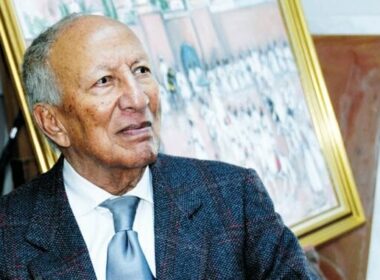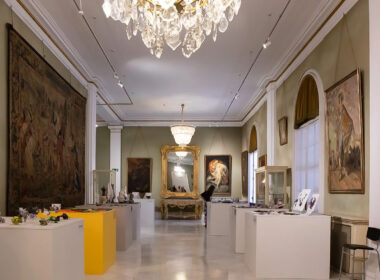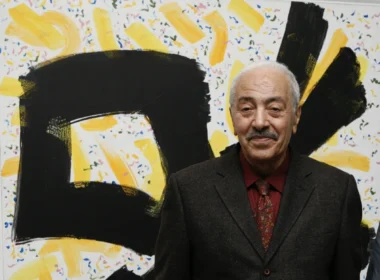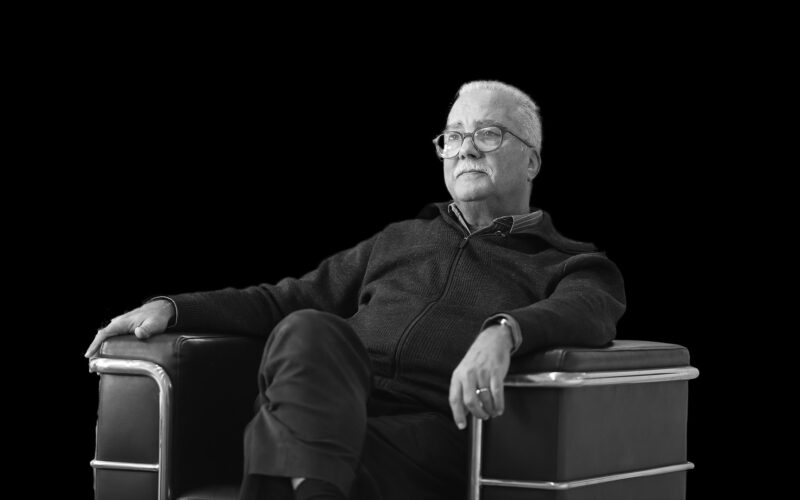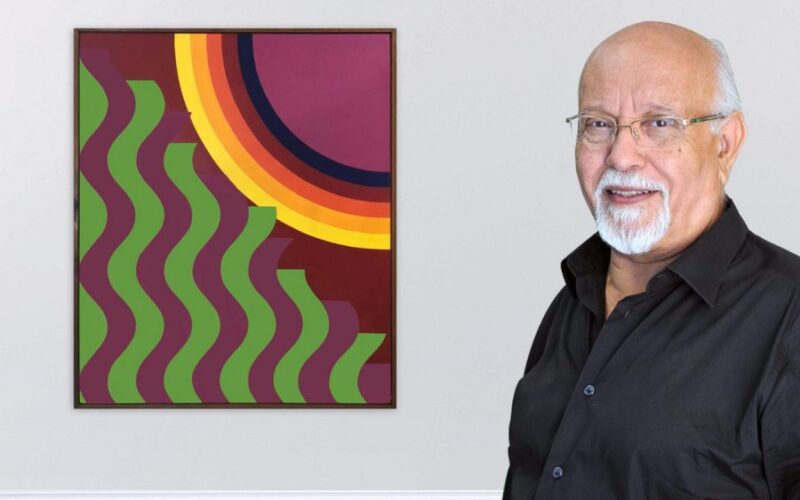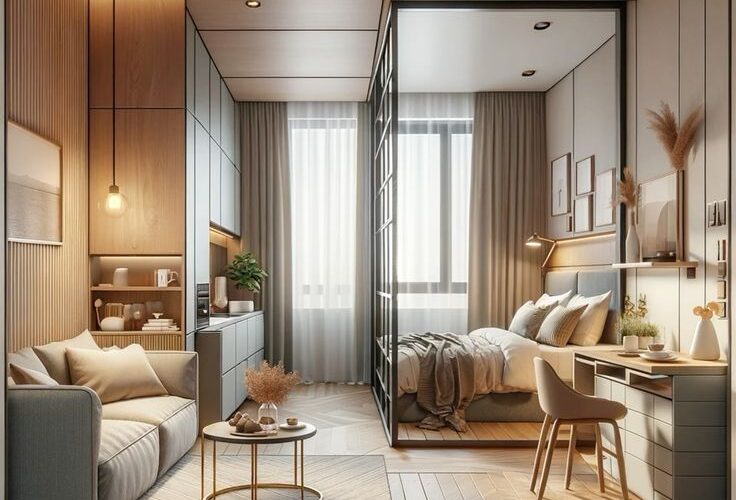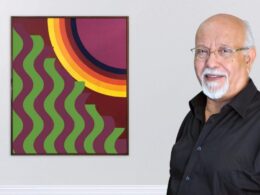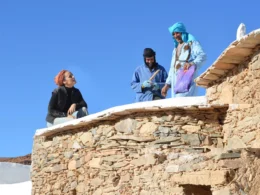In the landscape of Moroccan architecture and architectural journalism, there was perhaps no figure as formative as Fouad Akalay, a name synonymous with innovation, advocacy, and unwavering dedication. His passing in 2024 resonated across the entire Moroccan architectural community, marking the loss of a pioneer who wielded both pen and blueprint with boundless passion.
Table of Contents
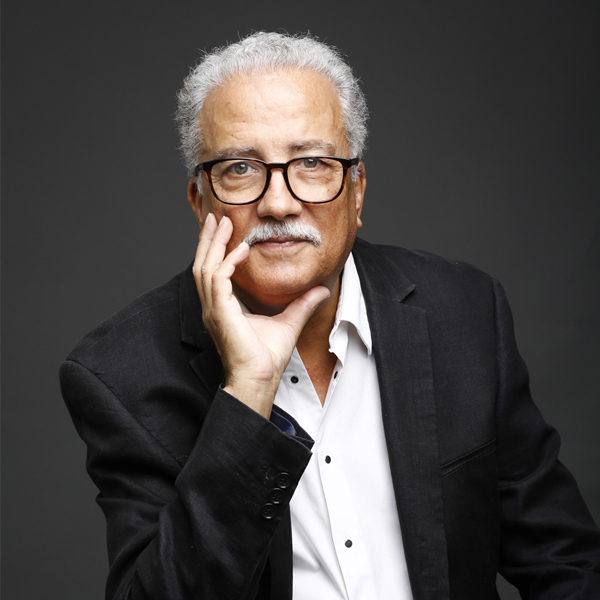
From Casablanca to Brussels: Building Foundations
Born in Casablanca in 1958, Fouad Akalay’s journey into architecture began with rigorous training at the Académie Royale des Beaux-Arts Victor Horta in Brussels. It was there that he embraced an interdisciplinary vision of design, where architectural precision met cultural depth.
Returning to Morocco in the early 1980s, Akalay started his professional life in a local architecture firm. But the prevailing professional conditions didn’t satisfy his aspirations. He then transitioned to the construction industry, becoming the technical director of SMECC (Société marocaine des entreprises Cantavenera et Chisari), where he acquired profound insights into large-scale project management. His leadership later extended to Readymix Corporation Group, a multinational firm specialising in concrete production.
A New Chapter: Founding Groupe Archimedia
By the turn of the millennium, Fouad Akalay was ready to forge a new path, one that merged architecture, media, and social responsibility. In 2000, he founded Groupe Archimedia, which rapidly became the foremost architecture and construction media group in Morocco and across Africa.
Under his guidance, Archimedia launched pioneering publications, among them A+E Architecture et Environnement au Maroc, the country’s first architecture magazine, along with CDM Chantiers du Maroc, Clefs en Mains, and L’Officiel de l’Immobilier d’Entreprise. These platforms were more than just industry publications; they became instruments for elevating the profile, dialogue, and standards of architecture in Morocco.
A Community Builder and Thought Leader
Akalay’s vision went beyond print. He cultivated a vibrant professional ecosystem by organising forums, conferences, and debates, events that annually united architects, developers, and policymakers. Over two decades, he created a rare space where ideas, technical expertise, and cultural values converged, fostering collaboration, elevating public discourse, and nourishing a sense of community.
In doing so, he gave architect-professionals a renewed sense of legitimacy and relevance. His editorial voice, bold, patriotic, and committed, reminded Morocco of the cultural and social significance of thoughtfully designed spaces.
A Legacy Beyond Architecture
On June 21, 2024, the architectural community mourned the death of Fouad Akalay. The words chosen by A+E Magazine: “notre plume bienveillante s’est envolée” (“our kind pen has flown away”), capture the profound void his departure left behind. He is survived by his wife Laila, son Ghali, and daughter Frou, who also became his associate, anchoring his personal and professional worlds together.
Even in the wake of loss, the impact of his work continues to echo. The Young Moroccan Architecture Awards (YMAA), which he founded, remains a beacon for emerging talent. In 2024, Fouad Akalay was honoured posthumously at the YMAA ceremony, where his daughter delivered an emotional tribute to a man whose creativity always held heritage and innovation in delicate balance.
A Final Reflection
Writing about Fouad Akalay brings to mind the power of a life lived in service to ideas and community. He demonstrated how architecture, at its core, is not merely about buildings; it’s about storytelling, culture, and collective aspiration.
For YAZ Magazine, his story stands as a powerful and inspiring reminder that visionary leadership and passionate advocacy can truly transform entire professions. Fouad Akalay didn’t just practice architecture; he redefined what it meant to be an architect in Morocco and beyond. Through his work, he shaped the narratives that surround the discipline, giving voice to its social and cultural dimensions, while also mobilising a generation of practitioners to think more critically and ambitiously about their role in shaping the built environment. In doing so, he helped lift architecture into the national conversation, turning it from a niche profession into a vibrant platform for public dialogue, creativity, and collective progress.
May his legacy of intellectual rigour, creative confidence, and heartfelt engagement continue to inspire new generations in Morocco and beyond.



